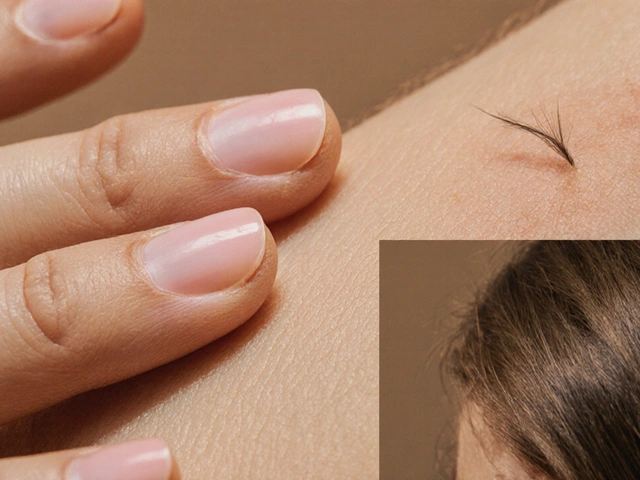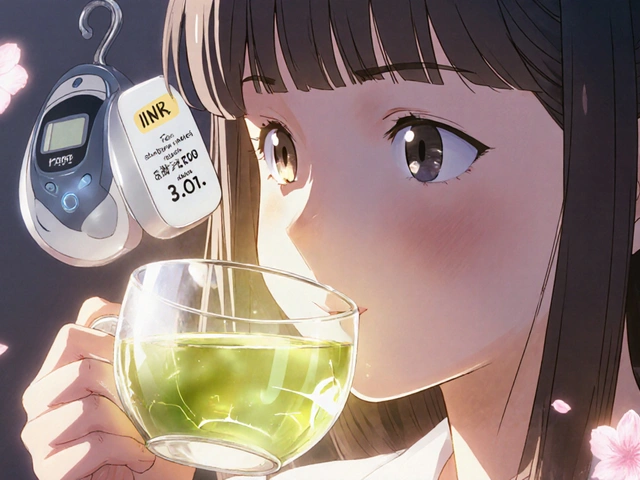Oral Antifungals: What They Are, How They Work, and Which Ones Actually Help
When you have a fungal infection that won’t quit—whether it’s a stubborn yeast infection, athlete’s foot that came back, or thrush in your mouth—you often need more than a cream. That’s where oral antifungals, medications taken by mouth to kill or stop the growth of fungi inside the body. Also known as systemic antifungals, they work from the inside out, reaching places topical treatments can’t. Unlike antibiotics that target bacteria, these drugs are built to take down fungi, which are more like cousins to human cells—making them harder to kill without side effects.
Not all oral antifungals are the same. Fluconazole, a common first-choice drug for yeast infections and thrush is simple, cheap, and usually taken once a day. Itraconazole, a broader-spectrum option works on more types of fungi, including those that cause nail infections, but it needs to be taken with food and can interact with other meds. Then there’s Terbinafine, the go-to for fungal nail infections, often taken for weeks or months because nails grow so slowly. Each has its own profile: what it treats, how long you take it, what it might mess with in your liver or stomach.
These aren’t just random pills. They’re chosen based on where the infection is, how bad it is, and what else you’re taking. If you’re on blood pressure meds, antidepressants, or even birth control, some oral antifungals can interfere—big time. That’s why you don’t just grab them over the counter. Doctors look at your whole picture before prescribing. And while some people try natural remedies or OTC creams for too long, the truth is, deep fungal infections rarely clear up without real antifungal treatment.
What you’ll find in the posts below isn’t just a list of drugs. It’s real comparisons—like how fluconazole stacks up against other options, what side effects actually matter, and when you might need something stronger. You’ll see how these drugs interact with other meds you might be taking, what to watch for, and how to tell if the treatment’s working—or if you need to switch. No hype. No guesswork. Just clear, practical info from people who’ve been there.
Fulvicin (Griseofulvin) vs. Top Antifungal Alternatives: What Works Best Today
Fulvicin (griseofulvin) is an old antifungal drug with slow results and many side effects. Learn how terbinafine, itraconazole, and fluconazole compare as faster, more effective alternatives for skin and nail fungal infections.
About
Medications
Latest Posts


Hidden Signs of Vitamin Deficiency in Nails, Skin, and Hair
By Marcel Kornblum Oct 10, 2025

How Insurer-Pharmacy Negotiations Set Generic Drug Prices
By Marcel Kornblum Nov 18, 2025

Buy Cheap Generic Zovirax Online - Quick Guide
By Marcel Kornblum Oct 8, 2025

